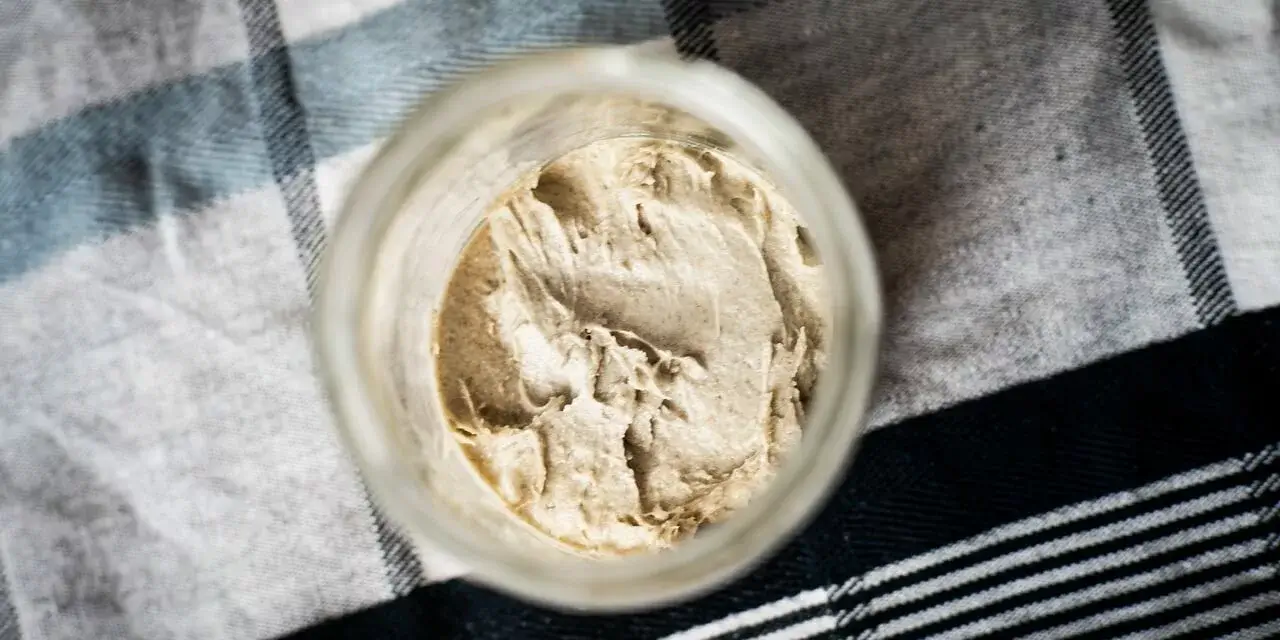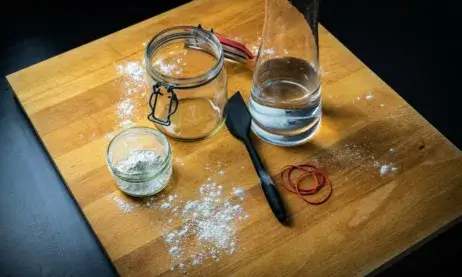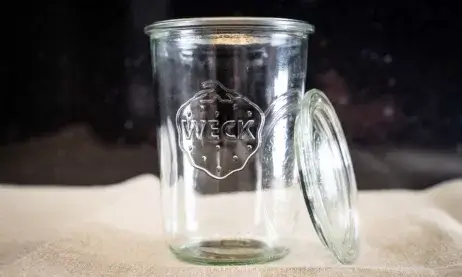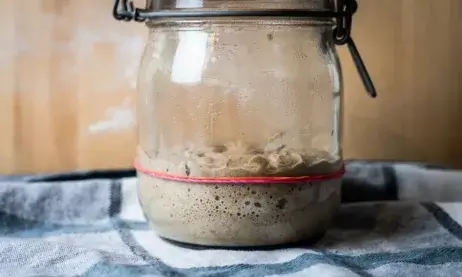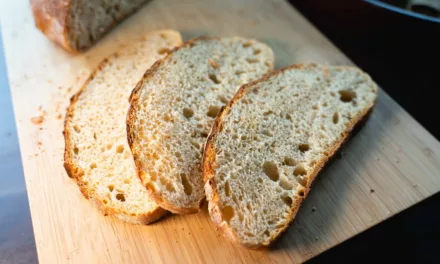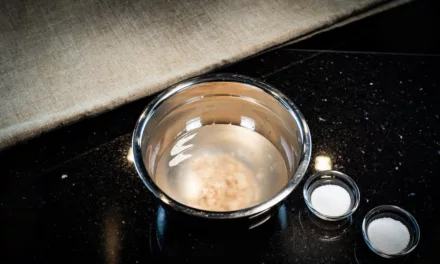Today, we’re tackling a topic that’s been the bane of many a baker’s existence: sourdough starter problems.
Have you ever found yourself staring at your sourdough starter, wondering why it’s not bubbling as it should? Or perhaps you’ve been puzzled by a strange smell emanating from your starter. Well, you’re not alone. These are common issues that many bakers face, and I’m here to help you solve them.
With years of baking experience under my belt and countless loaves of sourdough bread baked to perfection, I’ve encountered my fair share of sourdough starter problems. But fear not! With a bit of knowledge and a few handy tips, we can turn these problems into mere bumps on the road to baking success.
So, are you ready to dive into the world of sourdough starters and emerge a more confident, knowledgeable baker? Let’s get started!
Table of Contents
- What can go wrong with sourdough starter?
- How do I know if I ruined my sourdough starter?
- Can a starter just fail?
- What does a failed sourdough starter look like?
- What does a dead starter look like?
- How do I know if I killed my starter?
- Can a starter go completely dead?
- Why is my sourdough starter not rising?
- Why is my sourdough starter bubbling but not rising?
- Why is my sourdough starter rising so slowly?
- Why is my sourdough starter not bubbling?
- Why is my sourdough starter not doubling?
- Why is my sourdough starter separating?
- Why is my sourdough starter runny?
- Why does my sourdough starter smell like alcohol?
- Why does my sourdough starter smell like vomit?
- Why does my sourdough starter smell like nail polish remover?
- Why is my sourdough starter not sour?
- Why is my sourdough starter mouldy?
- Can you overwork sourdough starter?
- Should sourdough starter be airtight?
- What happens if you leave sourdough starter too long?
- Should I stir my sourdough starter?
- How do you fix a weak sourdough starter?
- How do you revive a sluggish sourdough starter?
- Willa bad starter work sometimes?
- Conclusion
What can go wrong with sourdough starter?
Sourdough starters are living cultures, and like all living things, they can be a bit unpredictable. There are several things that can go wrong with a sourdough starter. It might not rise, bubble, or double as expected, develop a strange smell or even mold. It could also separate into a watery layer and a thick layer. Or it eventually simply fail to give your bread the lift and flavor you’re looking for. But don’t worry, each of these problems has a solution, and we’ll be tackling them one by one in this guide.
How do I know if I ruined my sourdough starter?
A sourdough starter might be ruined if it shows signs of mold growth, has a particularly foul or off-putting smell, or has been left unfed for a prolonged period. However, it’s important to note that sourdough starters are quite resilient. Even if your starter seems lifeless or unresponsive, there’s often a chance it can be revived with a bit of care and feeding.
Can a starter just fail?
Yes, a starter can fail, especially if it’s not properly maintained. This can happen if it’s not fed regularly, if it’s exposed to extreme temperatures, or if it becomes contaminated with unwanted bacteria or mold. However, with proper care and feeding, a sourdough starter can be kept healthy and active for years as described in my how to maintain a sourdough starter guide.
What does a failed sourdough starter look like?
A failed sourdough starter might have a layer of hooch (a dark, alcoholic-smelling liquid) on top, a lack of bubbles and activity, or visible mold growth. It might also have a very strong, unpleasant smell. If your starter shows any of these signs, it might be time to start a new one.
What does a dead starter look like?
A dead sourdough starter typically shows no signs of activity. It won’t bubble, rise, or respond to feedings. It might also develop a layer of hooch on top, which is a sign that it’s starving and has begun to digest its own sugars. In some cases, a dead starter might also have a strong, unpleasant smell. Also fear not if you starter died as I have the perfect guide on how to create a sourdough starter.
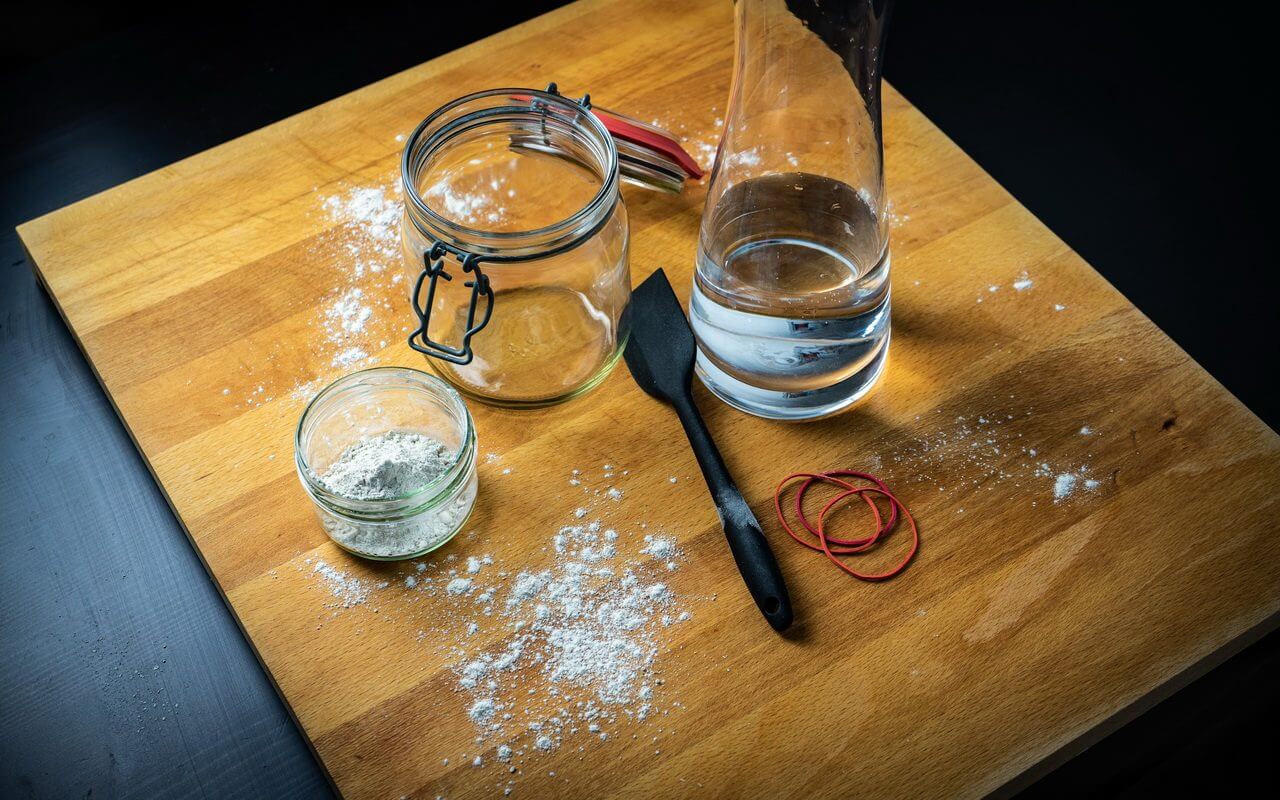
How do I know if I killed my starter?
If your starter has no signs of activity — no bubbles, no rise, and no response to feedings — it might be dead. Other signs of a dead starter include a layer of hooch on top and a strong, unpleasant smell. However, don’t lose hope! Many starters can be revived with a bit of care and feeding.
Can a starter go completely dead?
Yes, a starter can go completely dead, especially if it’s not properly maintained. This can happen if it’s not fed regularly, if it’s exposed to extreme temperatures, or if it becomes contaminated with unwanted bacteria or mold. However, with proper care and feeding, a sourdough starter can be kept healthy and active for years.
Why is my sourdough starter not rising?
If your sourdough starter isn’t rising, it might be because it’s not being fed enough, it’s being kept at a temperature that’s too cold, or it’s simply exhausted and needs a rest. Try feeding it more regularly, keeping it at a warmer temperature, or giving it a break for a few days to see if it improves.
Why is my sourdough starter bubbling but not rising?
If your sourdough starter is bubbling but not rising, it might be because it’s too liquidy. Try feeding it with more flour to create a thicker consistency. A thicker starter will hold the gas bubbles produced by the yeast, which will cause it to rise.
Why is my sourdough starter rising so slowly?
A sourdough starter might rise slowly if it’s not being fed enough, if it’s being kept at a temperature that’s too cold, or if it’s simply exhausted and needs a rest. Try feeding it more regularly, keeping it at a warmer temperature, or giving it a break for a few days to see if it improves.

Why is my sourdough starter not bubbling?
If your sourdough starter isn’t bubbling, it might not be active enough. This could be due to infrequent feedings, cold temperatures, or a lack of viable yeast cells. Try feeding it more regularly, keeping it at a warmer temperature, or introducing a small amount of commercial yeast to give it a boost.
Why is my sourdough starter not doubling?
A sourdough starter might not double in size if it’s not being fed enough, if it’s being kept at a temperature that’s too cold, or if it’s simply exhausted and needs a rest. Try feeding it more regularly, keeping it at a warmer temperature, or giving it a break for a few days to see if it improves.
Why is my sourdough starter separating?
If your sourdough starter is separating into a watery layer and a thick layer, it might be because it’s too hungry. The watery layer, often referred to as “hooch,” is a sign that your starter is running out of food and beginning to digest its own sugars. Try feeding it more regularly to keep it satisfied.
Why is my sourdough starter runny?
A runny sourdough starter might be too wet. This can happen if you’re feeding it with too much water compared to flour. Try adjusting your feeding ratio to include more flour and less water to achieve a thicker consistency.
Why does my sourdough starter smell like alcohol?
If your sourdough starter smells like alcohol, it’s likely producing hooch, a dark, alcoholic-smelling liquid that forms when the starter is hungry. This is a sign that your starter needs to be fed more frequently.
Why does my sourdough starter smell like vomit?
A sourdough starter might smell like vomit if it’s been contaminated with unwanted bacteria. This can happen if the starter isn’t kept clean or if it’s exposed to contaminants in the air. If your starter smells off, it’s best to start a new one to ensure the health and safety of your bread.
Why does my sourdough starter smell like nail polish remover?
If your sourdough starter smells like nail polish remover, it’s likely producing acetone, a byproduct of fermentation. This can happen when the starter is very hungry and begins to digest its own sugars. Try feeding it more frequently to keep it satisfied. If you want to know more about the different smells of sourdough starter, check out my guide on key health indicators for your sourdough starter smell.
Why is my sourdough starter not sour?
The sourness of a sourdough starter can vary depending on many factors, including the type of flour used, the temperature at which it’s kept, and how often it’s fed. If your starter isn’t as sour as you’d like, try feeding it less frequently, keeping it at a cooler temperature, or using a different type of flour.

Why is my sourdough starter mouldy?
Mould on a sourdough starter can occur if it’s exposed to mould spores in the air or if it’s not kept clean. If your starter has mould, it’s best to discard it and start a new one to ensure the health and safety of your bread.
Can you overwork sourdough starter?
Yes, it’s possible to overwork a sourdough starter by feeding it too frequently or stirring it too vigorously. Overworking a starter can exhaust the yeast and bacteria, causing them to become less active. If your starter seems sluggish, try giving it a rest for a few days.
Should sourdough starter be airtight?
While it’s important to protect your sourdough starter from contaminants, it’s not necessary to keep it airtight. In fact, your starter needs access to fresh air to capture wild yeast and beneficial bacteria. A loose-fitting lid or a cloth cover is usually sufficient.
What happens if you leave sourdough starter too long?
If you leave a sourdough starter for too long without feeding it, it can become weak and less active. It might develop a layer of hooch on top, which is a sign that it’s hungry. In extreme cases, it can even die. If you need to leave your starter for an extended period, consider storing it in the refrigerator to slow down its activity.
Should I stir my sourdough starter?
Yes, it’s a good idea to stir your sourdough starter regularly. Stirring helps to distribute the yeast and bacteria evenly throughout the starter, ensuring that they have access to the nutrients they need. It also helps to incorporate fresh air into the starter, which can boost its activity.
How do you fix a weak sourdough starter?
If your sourdough starter is weak or sluggish, try feeding it more regularly, keeping it at a warmer temperature, or giving it a break for a few days. You can also try introducing a small amount of commercial yeast to give it a boost.
How do you revive a sluggish sourdough starter?
To revive a sluggish sourdough starter, try feeding it more frequently, keeping it at a warmer temperature, or giving it a rest for a few days. If it’s still not responding, you can try introducing a small amount of commercial yeast to give it a boost.
Will a bad starter work sometimes?
A bad or unhealthy starter might still work sometimes, but it’s likely to be inconsistent and unpredictable. It might not give your bread the lift or flavor you’re looking for, and it could even introduce unwanted flavors or smells. If your starter is unhealthy, it’s usually best to start a new one.
Conclusion
Troubleshooting a sourdough starter can seem daunting, but with a bit of knowledge and patience, you can keep your starter healthy and active. Remember, a happy starter makes for delicious bread! If you’re ever in doubt, don’t hesitate to start a new starter. It’s all part of the exciting sourdough journey.

